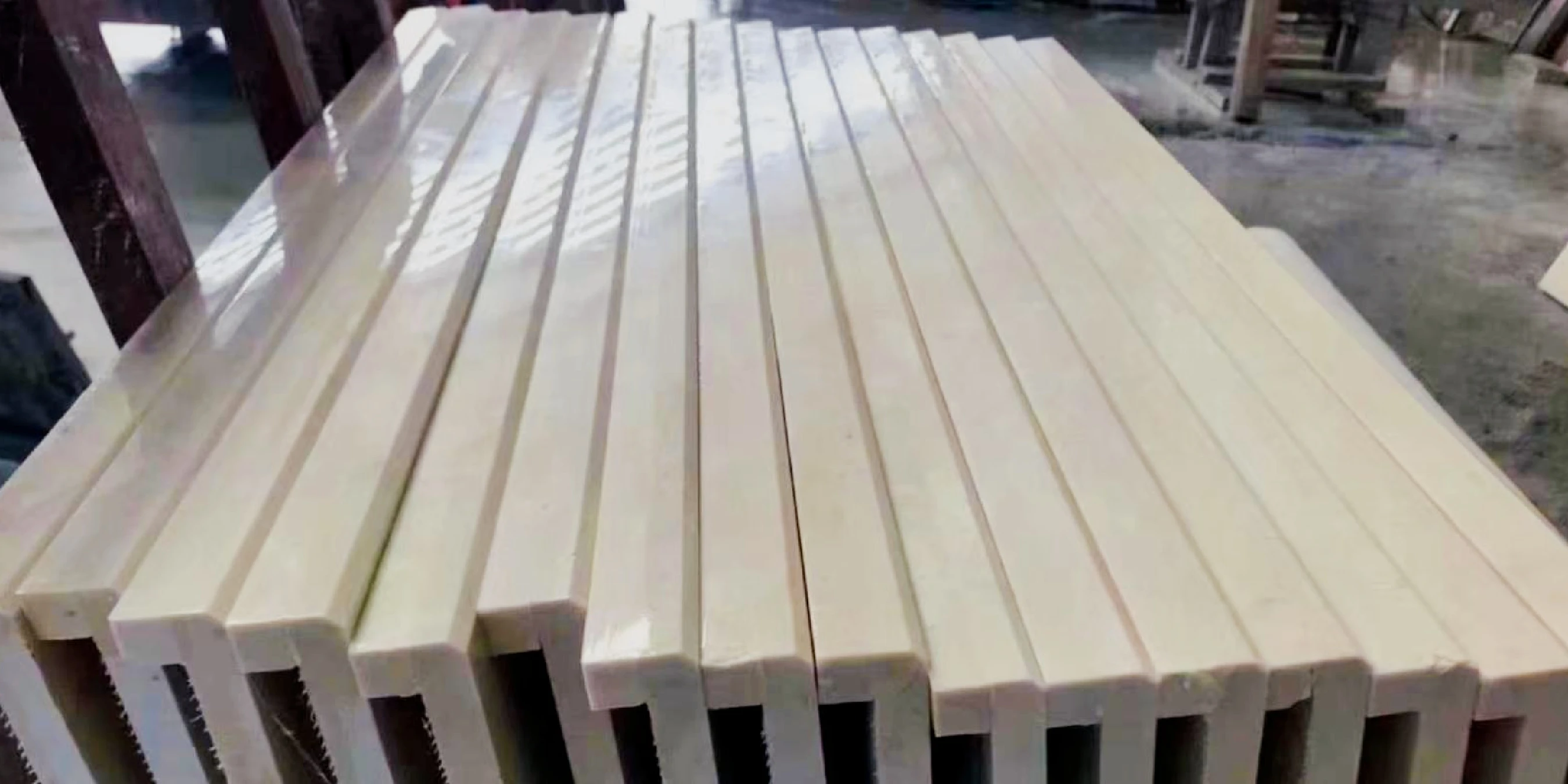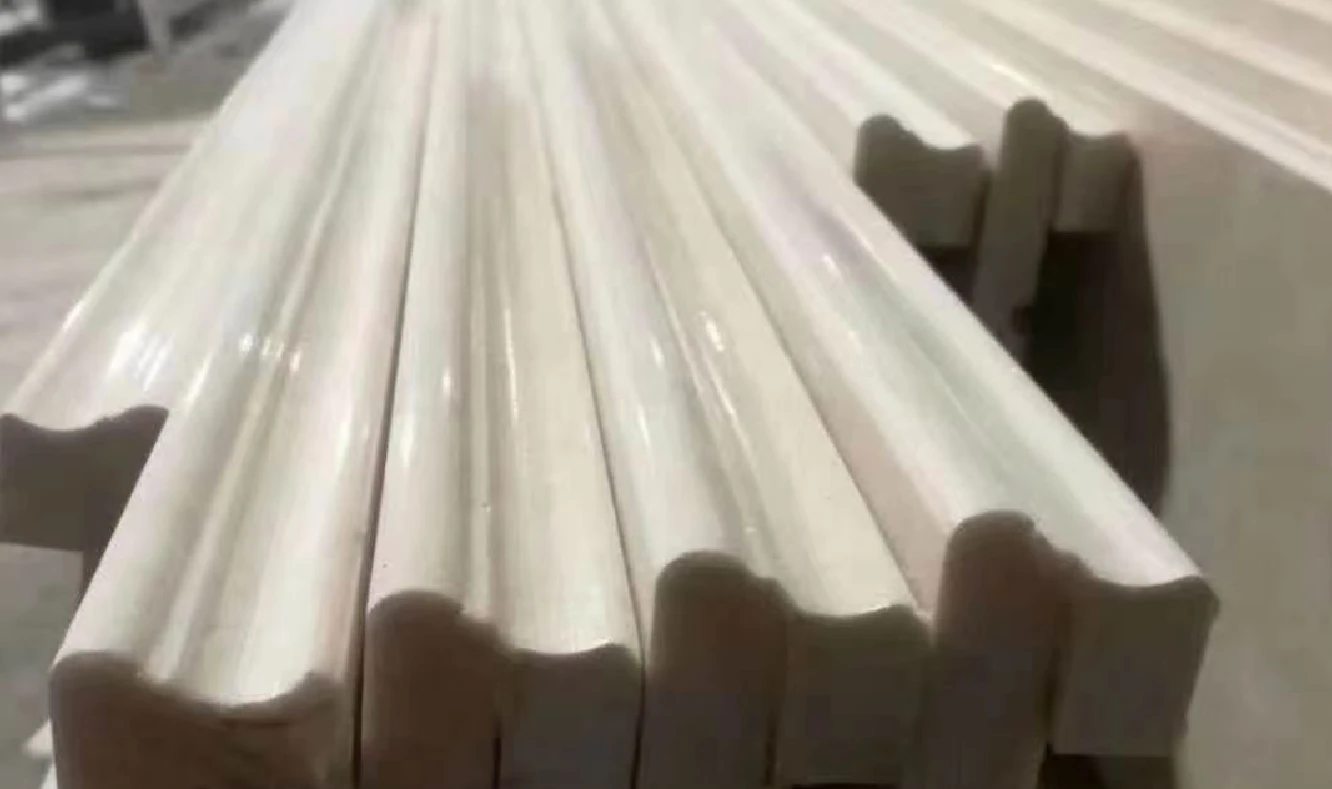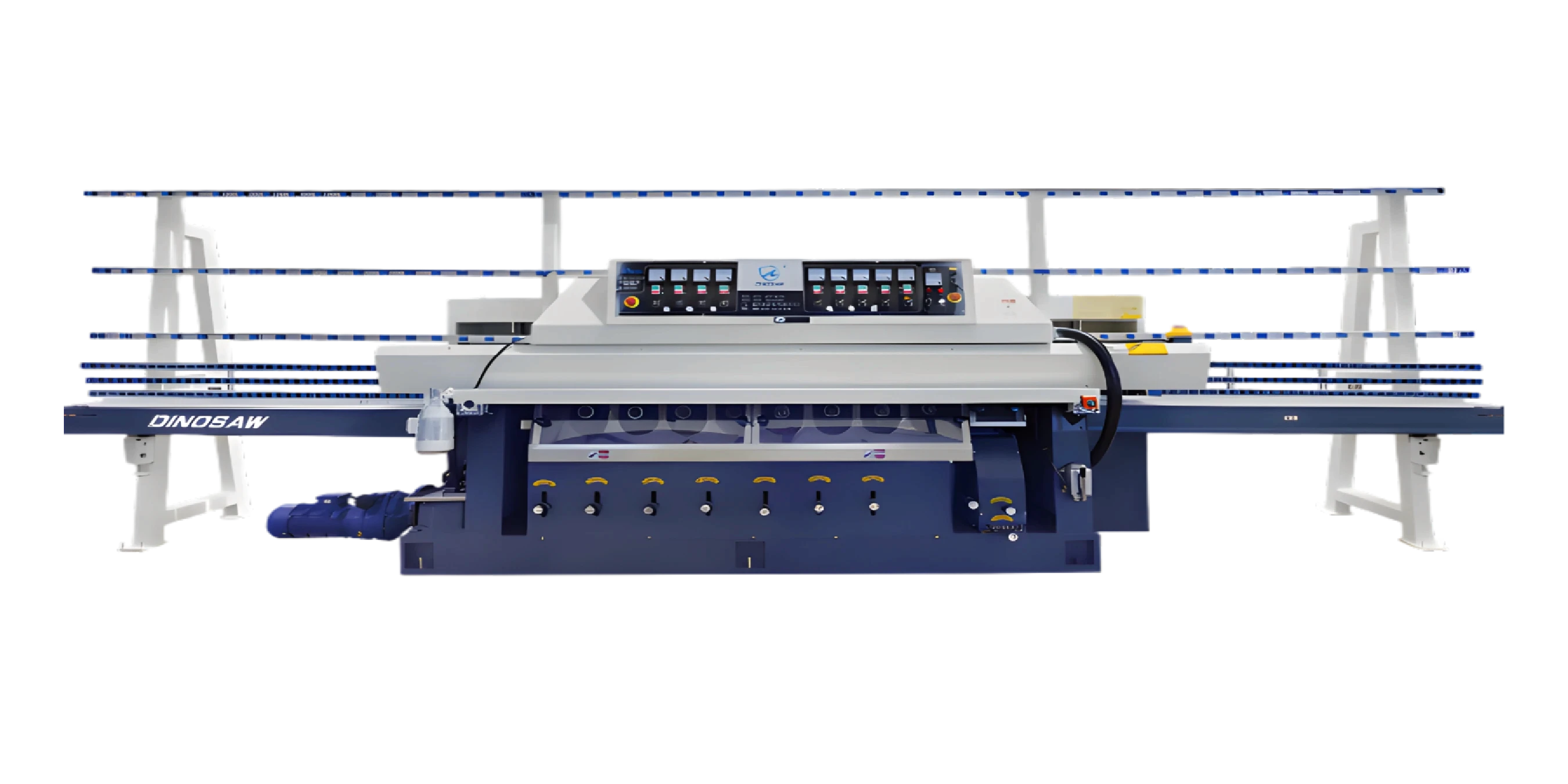Hi, this is Lizzy from Dinosaw ( Not a Robot ). Which Machine ( model ) do you want? Please WhatsApp us now
Three real‑world cases show how automated glass edging improves edge quality and speed for architectural, furniture, and shower door projects-plus solution overview, risks, and FAQs.
Investing in an automated glass edging machine directly solves key manufacturing pain points by reducing labor costs, lowering defect rates, and accelerating project turnarounds. Our machines automate the finishing process for glass sheets, delivering flawless, high-quality polished edges for any application, from architectural glass to furniture.
This guide explores three high-value applications where automated edging drives tangible returns.
From Problems to Profit: Key Metrics Improved by Automated Edging
Manual glass edging is often a bottleneck, characterized by inconsistent quality, high labor dependency, and safety risks. An automatic glass edging machine directly addresses these issues, leading to measurable improvements in key performance indicators (KPIs). Fabricators typically see a significant reduction in defect rates (e.g., chips, uneven finishes) and an increase in overall throughput. By automating the process, you can reallocate skilled labor to higher-value tasks, enhancing operational efficiency and profitability.
Solution Overview
The DinoSaw glass edging machine streamlines the entire finishing workflow from coarse grinding to fine polishing in a single, automated pass. The system is available with two control options to match your production needs: Key operational features include pneumatic wheel fixation for stable grinding pressure, a one-button tool change function to minimize downtime, and a manual pressure-wheel adjustment to easily accommodate various glass thicknesses.
- PLC Control: Ideal for high-volume, repetitive tasks. It offers robust, reliable automation for consistent output.
- CNC Control: Provides maximum flexibility for complex profiles and high-mix production.
Both control systems can achieve complex contours, as the shape is primarily determined by the cutting blades, grinding wheels, and process parameters, not the control system itself.

Mini Case Studies
Analysis of industry applications reveals a clear pattern: investing in the right CNC glass edging technology pays dividends. Here are three condensed examples.
Architectural Glass Fabricator
- Problem: A firm producing large volumes of glass panels for curtain walls faced high defect rates (avg. 8%) and inconsistent edge quality, leading to costly reworks and project delays.
- Solution: They integrated a DINOSAW Glass Edging Machine into their production line. The machine's stable conveyor system and precise spindle control ensured uniformity across all panels.
- Result: Defect rates dropped to under 1%, throughput increased by 40%, and the company could confidently bid on larger, higher-margin projects.
High-End Furniture Manufacturer
- Problem: A manufacturer of glass tabletops and shelves struggled with achieving a consistent, high-gloss polished edge, a critical requirement for their premium products. Manual polishing was slow and heavily reliant on operator skill.
- Solution: The adoption of one of our glass edging machines with dedicated polishing wheels allowed them to automate the entire process from grinding to finishing. The pneumatic wheel fixation ensures stable pressure, while the one-button tool change simplifies adjustments.
- Result: Production time per piece was cut by 60%, and the flawless, repeatable finish enhanced their brand reputation, justifying a price premium.
Custom Shower Door Supplier
- Problem: A supplier dealing with various glass thicknesses for custom shower doors found it time-consuming to adjust their older equipment. Changeovers were slow, leading to significant downtime.
- Solution: They upgraded to a DinoSaw model featuring manual pressure-wheel adjustment, allowing operators to quickly and easily accommodate different glass thicknesses. This flexibility is ideal for high-mix, low-volume production.
- Result: Changeover time was reduced by 75%, increasing machine uptime and enabling them to serve a wider range of custom orders profitably.
Risks & Prerequisites
To ensure a successful implementation, several prerequisites must be met:
- Power and Electrical: A stable industrial 3-phase power supply (commonly 380–480 V, region-specific) is required, with proper grounding per local electrical codes.
- Coolant & Filtration: A closed-loop coolant system with proper filtration is essential to prevent wheel clogging and ensure a high-quality finish. (Manufacturer-reported)
- Dust Management & PPE: An adequate ventilation and dust collection system is necessary. Operators must use appropriate Personal Protective Equipment (PPE), including safety glasses and gloves.

Summary
Investing in an automated glass edging machine delivers a strong ROI by reducing labor costs, minimizing defects, and increasing throughput. It is an essential technology for any fabricator in the architectural, furniture, or automotive glass sectors looking to enhance quality, safety, and operational efficiency. The right machine, whether PLC or CNC-controlled, can transform your production capabilities, as both systems support complex profiles when tooling and parameters are correctly configured.
FAQs: Edging Machine Applications, ROI, and Sourcing
What is the typical ROI timeline for a glass edging machine?
Most fabricators report a return on investment within 6-12 months. According to industry analysis, ROI is primarily driven by three factors: reduced labor costs due to automation, lower material waste from fewer defects, and increased throughput. These gains allow businesses to take on more projects and improve overall profitability.
Which edge profiles can be produced, and what determines contour quality?
Our machines offer versatility for various finishes. The final contour quality is determined by the configuration of grinding wheels and process parameters, not just the control system. Common profiles include:
- Flat Edges with Arris: Standard for safety and a clean, modern look.
- Polished Edges: A high-gloss finish for aesthetic applications like tabletops.
- Beveled Edges: Angled edges for decorative and architectural glass.
How do PLC vs CNC differ in practice?
The choice between PLC and CNC controls depends on your workflow. A PLC is ideal for high-volume, repetitive tasks with consistent programming. A CNC offers greater flexibility for high-mix production, with easier program handling for complex contours and faster changeovers. Both systems can produce intricate shapes when paired with the right tooling.
What maintenance cadence keeps a glass edge polishing machine in spec?
Regular maintenance is crucial for longevity. A typical schedule includes daily checks on coolant levels and conveyor cleanliness, weekly inspection of belts, and monthly calibration of grinding wheels. For a complete checklist, you can review our detailed long-term operational guide ([LINK_O&M]).
What safety controls reduce dust and edge-injury risk?
Automated cnc glass edging significantly reduces manual handling of sharp, raw glass. The enclosed process, combined with an effective coolant and filtration system, contains glass dust and fragments. Operators must always use appropriate Personal Protective Equipment (PPE), including safety glasses and gloves, as a primary safety measure.
How do I size the machine for my glass thickness range and panel dimensions?
Machine sizing requires matching your typical production needs to the machine's specifications. You should confirm the supported glass thickness range , minimum and maximum glass panel sizes, and the machine's overall footprint (approx. 7500×1200×2200 mm) to ensure it fits your floor plan. Our technical team can help you select the optimal configuration.
What signs indicate wheel replacement or recalibration is due?
Key indicators include a decline in edge finish quality, visible chipping, or an increase in grinding noise. If you notice uneven wear on the wheels or dimensional inaccuracies in the finished product, it is time for inspection. Regular calibration ensures the machine operates within tolerance.
What should I ask glass edging machine suppliers before purchasing?
When evaluating glass edging machine suppliers, ask about their support structure. Key questions should cover the availability of spare parts, technical assistance response times, operator training programs, and warranty details. A reliable partner provides comprehensive support beyond the initial sale to ensure long-term performance.
























 English
English 中文
中文 Italian
Italian Türkçe
Türkçe Português
Português

